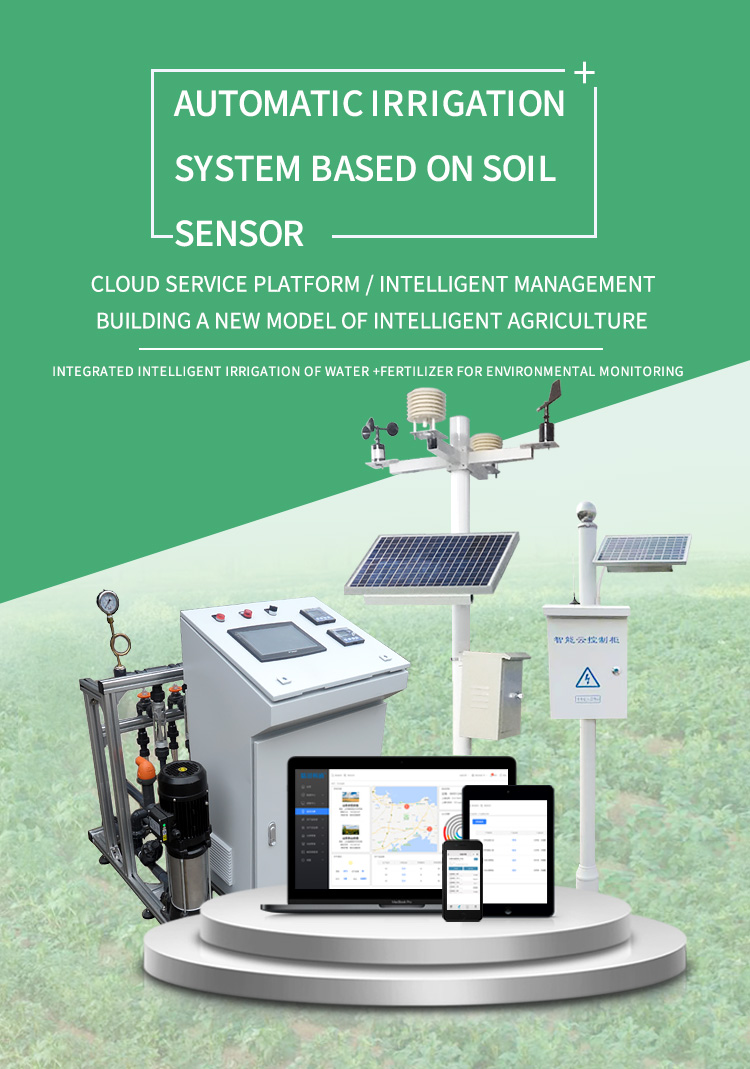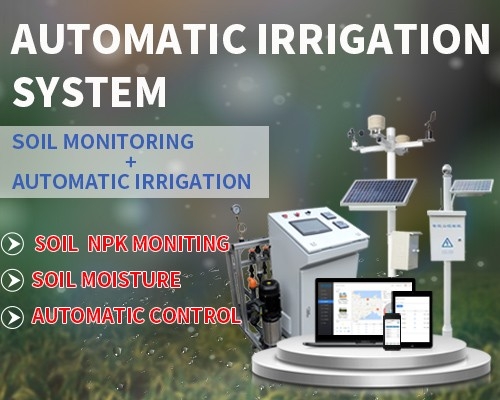As the world population continues to grow, the demand for food is increasing rapidly. To meet this demand, farmers are under pressure to increase their crop yield while also using resources efficiently. One way to achieve this is by using soil sensors to optimize crop growth.
Soil sensors are electronic devices that measure various properties of soil such as temperature, moisture, and nutrient levels. By providing real-time data on the conditions in the soil, farmers can make informed decisions about when to plant, irrigate, and fertilize their crops. In this guide, we’ll explore how soil sensors can help boost crop yield and provide tips for using them effectively.
Understanding the Benefits of Soil Sensors
The main benefit of using soil sensors is that they provide farmers with accurate and timely information about soil conditions. This allows farmers to adjust their farming practices in response to changing conditions, resulting in better crop yield and quality. Soil sensors can help farmers in several ways:
Determine the optimal planting time: Soil sensors can help farmers determine when the soil is warm enough to plant seeds. This information can be critical in areas where the growing season is short.
Optimize irrigation: Soil sensors can measure soil moisture levels and help farmers determine when to irrigate their crops. Over-irrigation can waste water and lead to reduced crop yield, while under-irrigation can stunt plant growth and reduce crop quality.
Improve fertilizer application: Soil sensors can measure nutrient levels in the soil, allowing farmers to apply fertilizer more precisely. This can reduce fertilizer waste and save money while also ensuring that plants have the nutrients they need to grow.
Monitor soil health: Soil sensors can help farmers monitor soil health over time, allowing them to detect changes in soil chemistry or physical properties. This can help farmers identify problems early and take corrective action before crop yield is affected.
Types of Soil Sensors
There are several types of soil sensors available, each with its own advantages and disadvantages. The most common types of soil sensors include:

Moisture sensors: These sensors measure soil moisture levels and can be used to optimize irrigation.
Temperature sensors: These sensors measure soil temperature and can be used to determine optimal planting times.
Nutrient sensors: These sensors measure nutrient levels in the soil and can be used to optimize fertilizer application.
Soil health sensors: These sensors measure physical properties of the soil such as compaction and pH, allowing farmers to monitor soil health over time.
Tips for Using Soil Sensors Effectively
While soil sensors can provide valuable data, they must be used effectively to achieve maximum benefits. Here are some tips for using soil sensors effectively:

Calibrate sensors regularly: Soil sensors must be calibrated regularly to ensure that they are providing accurate readings. Calibration should be done at least once per season and more often if possible.
Monitor data closely: Soil sensor data should be monitored closely and compared to other sources of data such as weather forecasts and plant growth rates. This can help farmers identify trends and make informed decisions.
Integrate with other technology: Soil sensors can be integrated with other farm technology such as irrigation systems and weather stations to provide a comprehensive view of crop conditions.
Train employees: Employees who will be working with soil sensors should receive training on how to use them effectively. This can help ensure that data is collected correctly and used to make informed decisions.
Conclusion
Soil sensors can be an effective tool for farmers looking to increase crop yield while also using resources efficiently. By providing real-time data on soil conditions, farmers can optimize their farming practices and achieve better results. However, it’s important to use soil sensors effectively by calibrating them regularly, monitoring data closely, integrating with other technology, and training employees. With these best practices in place, farmers can achieve greater success and help feed a growing global population.







